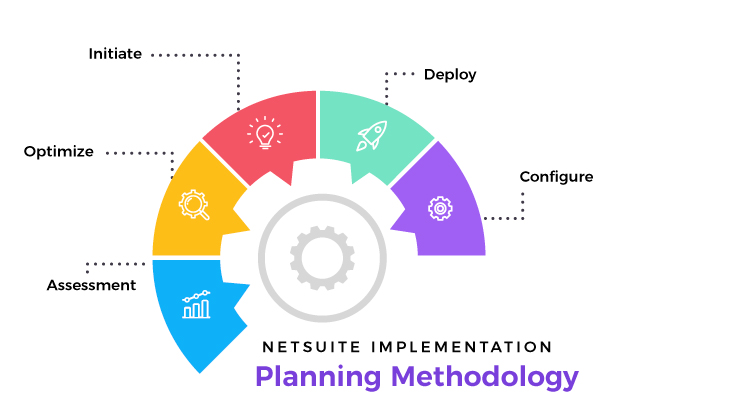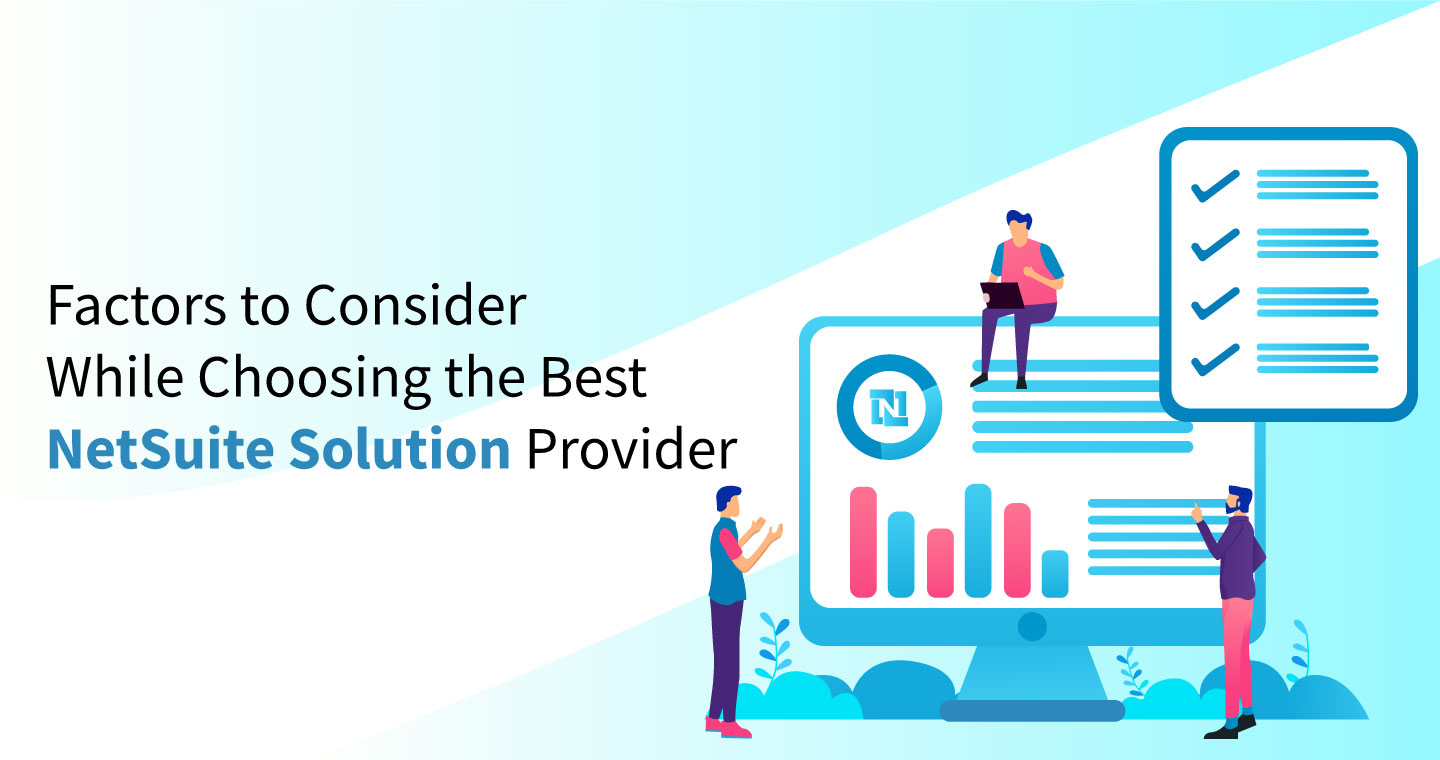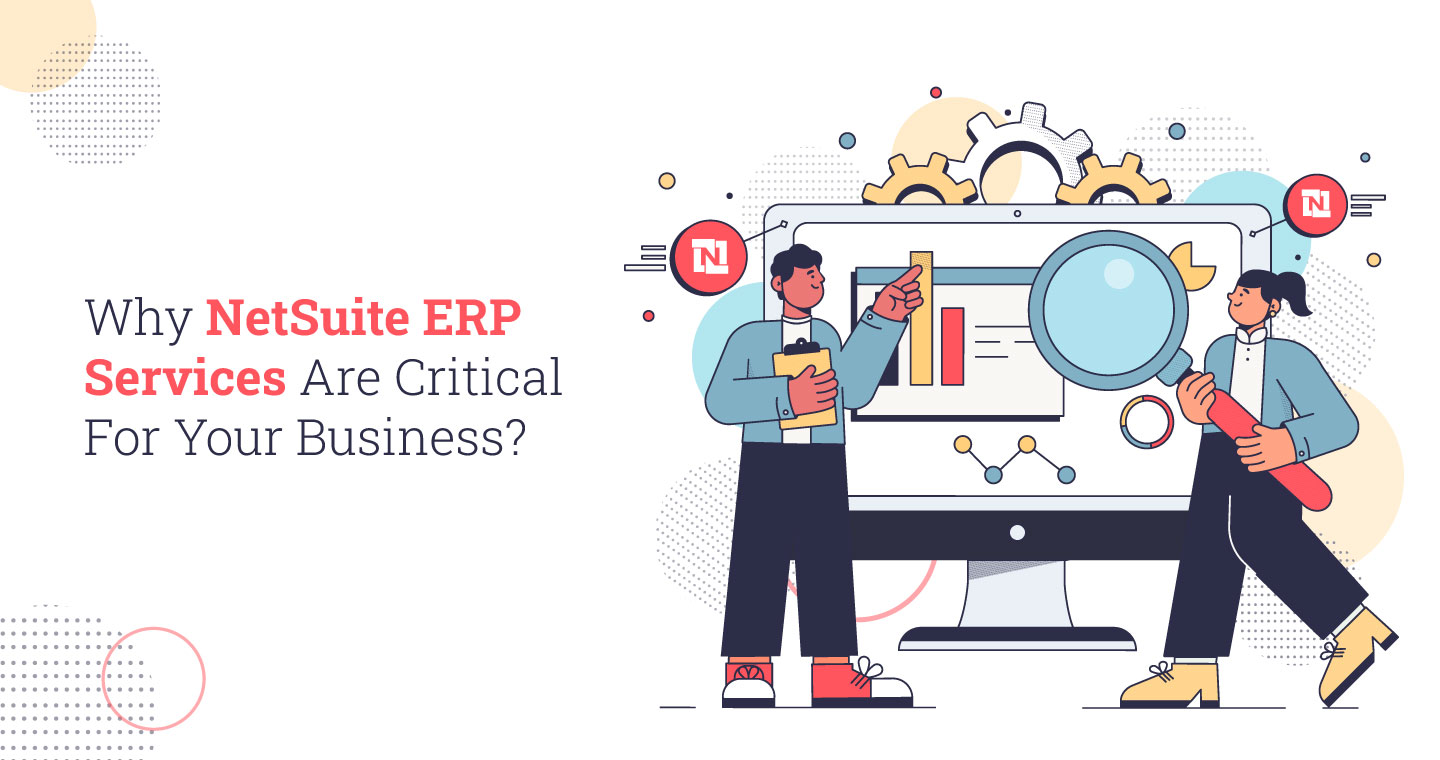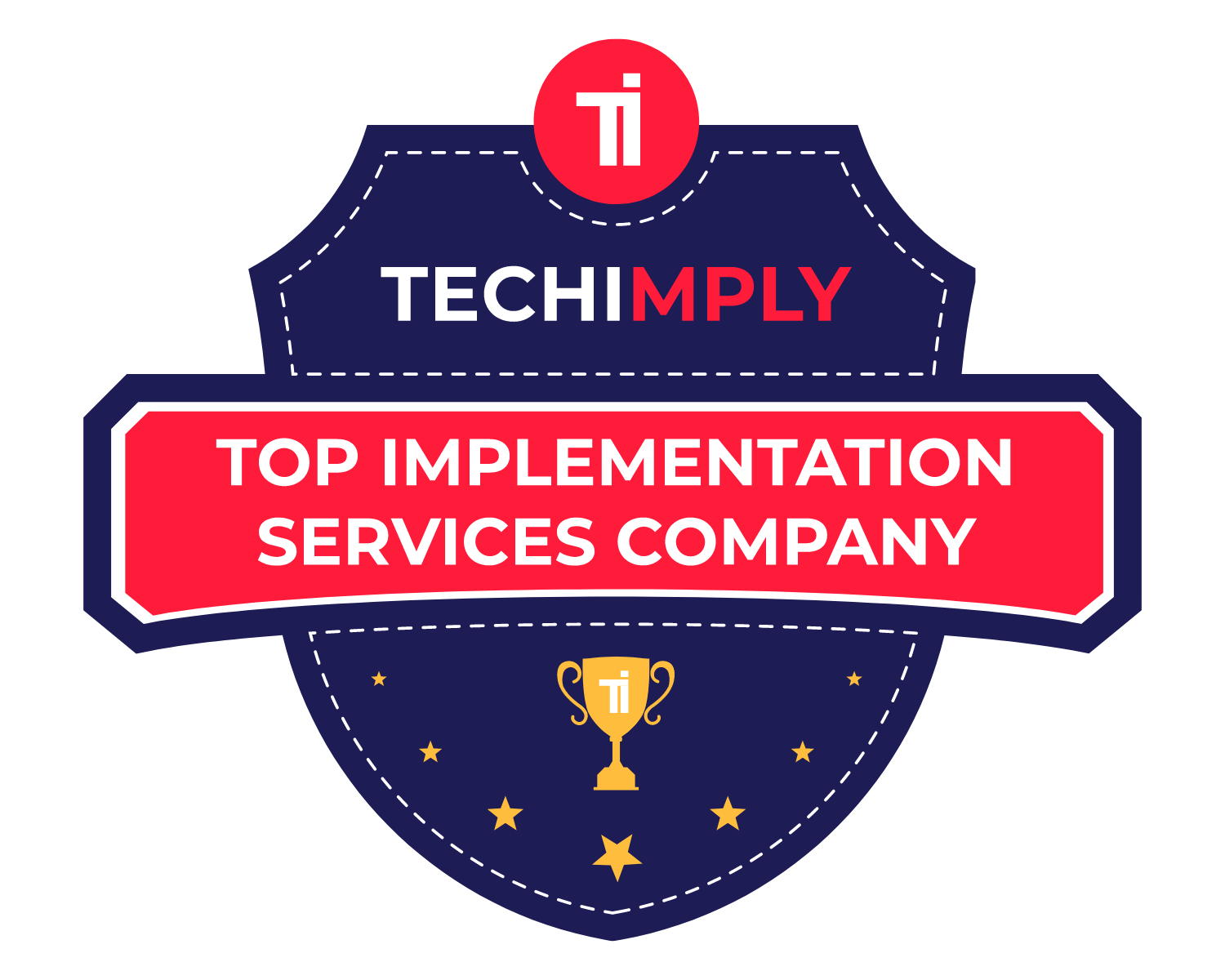If you are on the lookout for NetSuite implementation for your business, there are a few things you should be aware of. If you have ever worked with tech experts or installed business software, you may have heard the term “implementation.” On the other hand, if you have never made the transition to a new suite of software, you may not be aware of the intricacies related to the implementation process.
People often ask what the keys to successfully implementing an ERP system are. In that case, always remember that deploying an ERP comprises careful collaboration with stakeholders. You also have to work with vendors through each phase of the implementation cycle. So with these things in mind, let’s take a glance at the NetSuite implementation methodology.
The Elements Of A Successful Implementation Plan
To be precise, no ERP implantation is the same. However, all the ERP implementation processes have similar strategies and steps to help companies through post-purchase to use a new solution. Note that each of these strategies has its steps which ensure that the implementation process is smooth.
The common elements in an ERP implementation process are engaging, converting, enabling and driving. So here are some of the important things you should be aware of the elements of a successful NetSuite implementation project plan.
Drive
ERP evaluation checklist should always be with you to ensure that the integration process is seamless. It is one of those stages that comprise developing actionable plans for the future deployment of the ERP platform.
Note that you may need customizations as it is a common issue associated with an array of companies. In this stage, it is also imperative to plan to facilitate cloud-based applications. You can also decide whether or not you want your employees to be trained in the various functionalities of the ERP.

Engage
Well, engaging with teams is one of the most important steps in the implementation process. The ERP project teams comprise project managers, engineers as well and other professionals who are trained in the various aspects of ERP implementation. You have to finalize the change management plans too to successfully deploy the ERP system.
Enable
The objectives in this stage are centred on the live events that your company has to opt for to maintain efficiency. This is also the stage where you would be migrating important data and the developed plans. This stage is also important as it oversees the installation, training, and solution testing.
Convert
As per the Oracle implementation methodology, this is the final step in the process of ERP implantation. This is the stage where the businesses would have to complete the final data migrations before the solution goes live. It is also the stage where there would be a transfer of ownership.
The NetSuite Implementation Guide To Be Aware Of
Before the deployment of NetSuite, you should have access to the NetSuite implementation checklist. This checklist would ensure that the implementation process is seamless and smoother. So here is the list of the NetSuite implementation project plan which you should have access to while deploying this advanced ERP.
Project Planning With A Methodology
There is no denying the fact that while implementing an ERP like NetSuite, you should have a well-laid-out plan of action. The NetSuite implementation steps should be clear not only to you but also to the employees in your organization. In usual conditions, the methodology is always a five-step plan in the form of:
- Assessment
- Optimize
- Initiate
- Deploy
- Configure

Comprehend Your Data Minutely
Once you have opted for NetSuite and your employees are well aware of its functionalities, the preparations to integrate it should commence in full swing. Make sure that your team members are willing to take responsibility so that the implementation process doesn’t face any issues in the future. What’s more, you also have to prioritize your time.
If the data existing in your older systems is not that structured, you should clean it up. Taking help from a NetSuite implementation partner can solve your issues emanating from unstructured data. You have to find errors and fix them before the actual process of implementation
commences.

How Important Is Change Management?
Always remember that you have the approval of your team before moving forward with the implementation process. The first level to start is at the C-level. In simple words, the company leaders should be supportive and involved in the project.
The important members of the team should comprise professionals from the IT and project leaders. You should also keep internal subject matters on board to help your organization with the changes that would be brought by NetSuite.
Don’t Underestimate The Value Of Training
You should provide employees with proper training so that they don’t face any difficulty in the latter stages. Always remember that NetSuite will be used by your employees. Hence, you cannot undermine the value of training for them. The best NetSuite partner would follow a training model with which all the end-users would be trained effectively.

Good training empowers the internal team to utilize the system effectively. On the other hand, it is also important to have an ongoing plan to derive steady support. There is no guarantee that issues won’t arise in the future. An ongoing plan for support would help in countering these issues.
Read More: Top 11 Considerations For Choosing A NetSuite Implementation Partner
Conclusion
On average, it usually takes three months to fully implement and integrate NetSuite. This may sound like a long time, but this duration is much less than the average time taken for on-premise implementation of ERP. The above steps illustrate the steps in which you should plan your NetSuite implementation.















